Home>Kitchen & Cooking>Kitchen Gadgets & Utensils>Why Does My Tea Kettle Have White Stuff
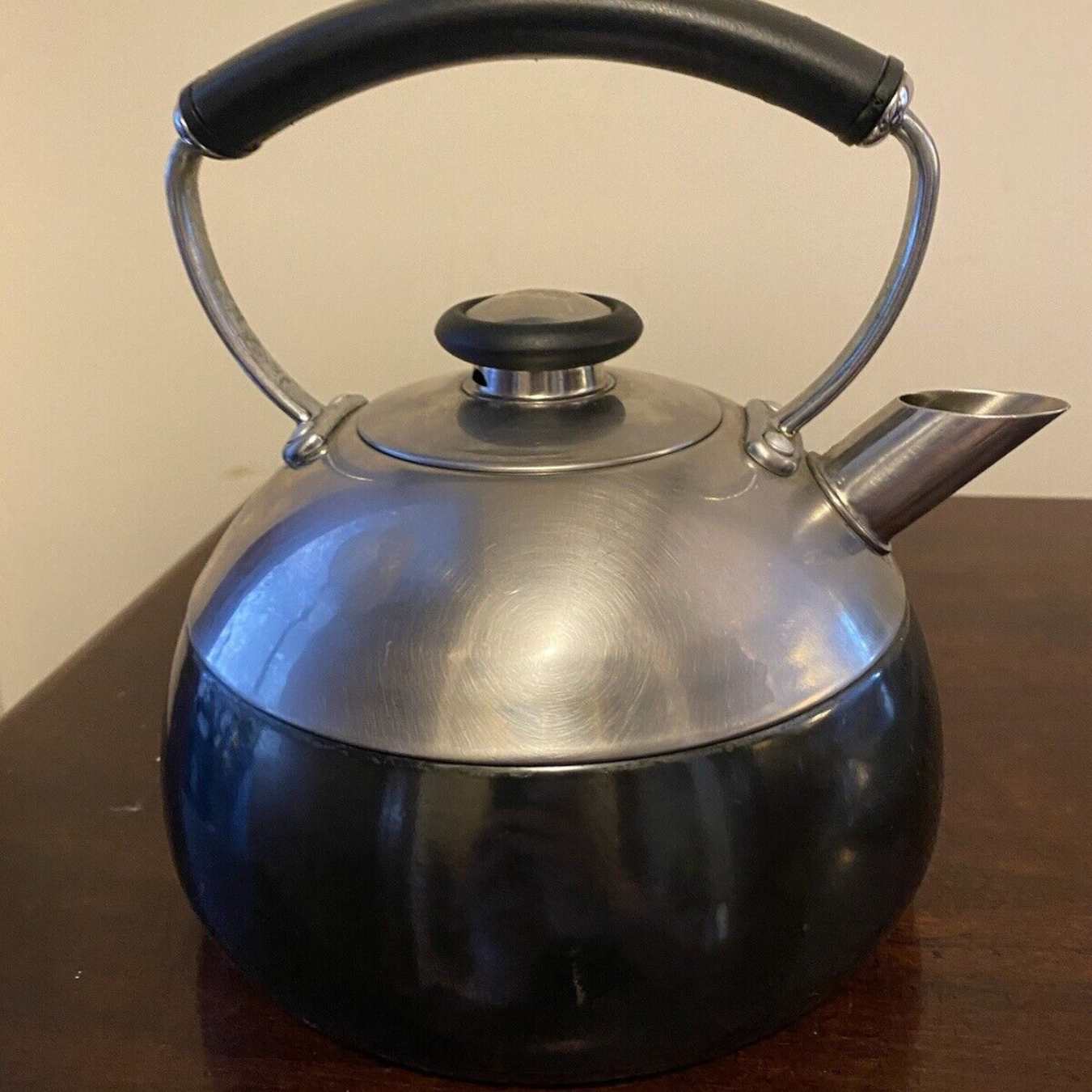

Kitchen Gadgets & Utensils
Why Does My Tea Kettle Have White Stuff
Modified: August 17, 2024
Discover why your kitchen gadgets and utensils, including your tea kettle, develop white residue and how to prevent it. Keep your kitchenware clean and functioning optimally.
(Many of the links in this article redirect to a specific reviewed product. Your purchase of these products through affiliate links helps to generate commission for Storables.com, at no extra cost. Learn more)
Introduction
Welcome to the world of tea kettles, where the joy of a piping hot cup of tea can be accompanied by a perplexing sight: white stuff in your beloved kettle. If you've ever wondered, "Why does my tea kettle have white stuff?" you're not alone. This common occurrence can be a source of frustration for many tea enthusiasts. However, fear not! In this article, we will delve into the reasons behind this mysterious white residue, explore effective methods for removing it, and provide valuable tips for preventing its return. So, grab your favorite mug, settle into a cozy spot, and let's unravel the enigma of the white stuff in your tea kettle together.
Key Takeaways:
- Say goodbye to the mystery of white stuff in your tea kettle! It’s just mineral deposits from your water. Use vinegar, lemon, or descaling products to remove it and prevent buildup with filtered water and regular cleaning.
- Keep your tea kettle sparkling clean and free from white residue by using filtered water, descaling regularly, and ensuring thorough drying after each use. Enjoy your perfectly brewed cup of tea hassle-free!
Read more: Why Does A Tea Kettle Whistle
What is the White Stuff in My Tea Kettle?
That white stuff lurking in your tea kettle is a common issue that many people encounter. This powdery or chalky residue is typically a result of mineral deposits, primarily calcium and magnesium, that are left behind when water is heated and evaporates. These minerals, often referred to as limescale or scale, can accumulate over time, creating an unsightly and potentially unhygienic coating inside your kettle.
When water is heated, especially in areas with hard water, the minerals it contains can form solid deposits as the water evaporates, leading to the buildup of the white stuff in your tea kettle. While the presence of these minerals in your drinking water is not harmful to your health, their accumulation in your tea kettle can affect the taste and appearance of your beverages. Moreover, if left unaddressed, the buildup can impede the kettle’s heating efficiency and potentially lead to damage over time.
Understanding the nature of the white residue in your tea kettle is the first step toward effectively managing and preventing its occurrence. By gaining insights into the causes of this phenomenon, you can equip yourself with the knowledge needed to maintain a clean and efficient tea kettle, ensuring that each cup of tea you brew is a delightful experience free from any unwanted additives.
Causes of White Stuff in Tea Kettle
The accumulation of white residue in your tea kettle can be attributed to several factors, with the primary culprits being the mineral content of the water used and the frequency of kettle usage. Let’s explore these causes in more detail:
- Hard Water: One of the leading causes of the white stuff in your tea kettle is the presence of hard water in your area. Hard water contains high levels of minerals, such as calcium and magnesium, which can precipitate and form limescale when the water is heated. As the water evaporates, these minerals are left behind, coating the interior of the kettle with a chalky residue.
- Frequency of Use: The more frequently you use your tea kettle, the greater the likelihood of mineral buildup. Repeated heating and evaporation cycles can lead to the gradual accumulation of limescale, especially if the kettle is not regularly cleaned and descaled.
- Boiling Water: Boiling water intensifies the evaporation process, causing the minerals in the water to concentrate and form deposits more rapidly. This is particularly noticeable in areas with hard water, where the effects of boiling can accelerate the buildup of white residue in the kettle.
It’s important to note that the impact of these causes may vary depending on the quality of your local water supply and the specific design and material of your tea kettle. By understanding the factors contributing to the formation of the white stuff in your kettle, you can take proactive measures to address and prevent its recurrence, ensuring that your tea kettle remains in optimal condition for years to come.
To remove the white stuff in your tea kettle, fill it with equal parts water and vinegar, let it sit for an hour, then boil the solution. Afterward, scrub the inside with a brush and rinse thoroughly.
How to Remove the White Stuff from Your Tea Kettle
When confronted with the unsightly presence of white residue in your tea kettle, it’s natural to seek effective methods for its removal. Fortunately, several approaches can help you restore your kettle to its pristine state. Here are some tried-and-true techniques for removing the white stuff:
- Vinegar Solution: One of the most popular and effective methods for descaling a tea kettle involves using a vinegar solution. Simply mix equal parts of water and white vinegar in the kettle, ensuring that the affected areas are fully submerged. Bring the solution to a boil, then allow it to sit for an hour or more. The acidic properties of the vinegar will help dissolve the mineral deposits, making them easier to wipe away.
- Lemon and Water: If the scent of vinegar is off-putting, consider using a mixture of water and lemon juice as an alternative descaling solution. Boil the lemon-water solution in the kettle, then let it cool before scrubbing the interior with a non-abrasive brush or sponge. The natural acidity of the lemon can aid in loosening and removing the white residue.
- Commercial Descaling Products: There are numerous descaling products available on the market specifically formulated for removing limescale and mineral deposits from kitchen appliances, including tea kettles. Follow the manufacturer’s instructions for the product you choose, and be sure to thoroughly rinse the kettle after descaling to eliminate any residual cleaning agents.
Regardless of the method you select, it’s essential to exercise caution and follow safety guidelines when descaling your tea kettle. Avoid using abrasive materials that could damage the kettle’s interior, and always rinse the kettle thoroughly after descaling to remove any traces of cleaning agents. By employing these techniques, you can bid farewell to the white stuff and restore your tea kettle to its former glory, ready to brew delightful cups of tea without any unwanted residue.
Preventing the Build-Up of White Stuff in Your Tea Kettle
After successfully removing the white residue from your tea kettle, it’s essential to implement preventive measures to minimize the likelihood of its return. By adopting proactive strategies, you can maintain a clean and efficient kettle while ensuring that each cup of tea is free from unwanted mineral deposits. Here are some effective ways to prevent the build-up of white stuff in your tea kettle:
- Use Filtered Water: Consider using filtered or distilled water in your tea kettle to reduce the mineral content that contributes to limescale formation. Filtered water can help mitigate the impact of hard water on your kettle, resulting in fewer mineral deposits over time.
- Regular Descaling: Incorporate a routine descaling schedule for your tea kettle to prevent the accumulation of mineral deposits. Depending on the hardness of your water and the frequency of kettle usage, aim to descale your kettle every few weeks or as needed to maintain its cleanliness and performance.
- Empty and Dry Thoroughly: After each use, empty the remaining water from the kettle and ensure that it is thoroughly dried to prevent mineral buildup. Residual moisture can contribute to the formation of limescale, so allowing the kettle to air dry after use can help deter the accumulation of the white stuff.
- Consider a Water Softener: If hard water is a persistent issue in your area, investing in a water softener can be an effective long-term solution. Water softeners work to reduce the mineral content in the water, thereby minimizing the formation of limescale in your tea kettle and other household appliances.
- Regular Cleaning: In addition to descaling, regularly clean the exterior and interior of your tea kettle to prevent the buildup of dirt and grime. A gentle cleaning with mild soap and water, followed by thorough rinsing and drying, can help maintain the kettle’s overall cleanliness.
By incorporating these preventive measures into your tea kettle maintenance routine, you can proactively combat the formation of white residue and preserve the pristine condition of your kettle. With a little care and attention, you can enjoy the simple pleasure of a perfectly brewed cup of tea, free from the encumbrance of unwanted mineral deposits.
Read more: Why Does My Alexa Have A White Ring
Conclusion
As we conclude our exploration of the enigmatic white stuff in your tea kettle, it’s evident that this common occurrence is a byproduct of mineral deposits and the characteristics of the water used. The presence of limescale can detract from the aesthetic appeal of your kettle and, if left unaddressed, may impact its functionality. However, armed with the knowledge of the causes and effective removal methods, you can confidently tackle the issue and maintain a sparkling clean tea kettle.
From utilizing vinegar or lemon solutions to investing in water softening options, there are various approaches to combatting and preventing the build-up of the white stuff. By incorporating regular descaling and cleaning practices, along with the use of filtered water, you can safeguard your tea kettle against the encroachment of mineral deposits, ensuring that it remains a reliable companion in your tea-brewing endeavors.
Ultimately, the presence of white residue in your tea kettle need not dampen your enjoyment of a soothing cup of tea. With a touch of care and a dash of preventive measures, you can bid adieu to the white stuff and savor the simple pleasure of a pristine and efficiently functioning tea kettle. So, the next time you reach for your kettle to prepare a comforting brew, rest assured that the white stuff will be but a distant memory, allowing you to relish your tea-drinking ritual without any unwelcome additions.
Here’s to many delightful cups of tea, brewed to perfection in a gleaming, limescale-free kettle!
Frequently Asked Questions about Why Does My Tea Kettle Have White Stuff
Was this page helpful?
At Storables.com, we guarantee accurate and reliable information. Our content, validated by Expert Board Contributors, is crafted following stringent Editorial Policies. We're committed to providing you with well-researched, expert-backed insights for all your informational needs.
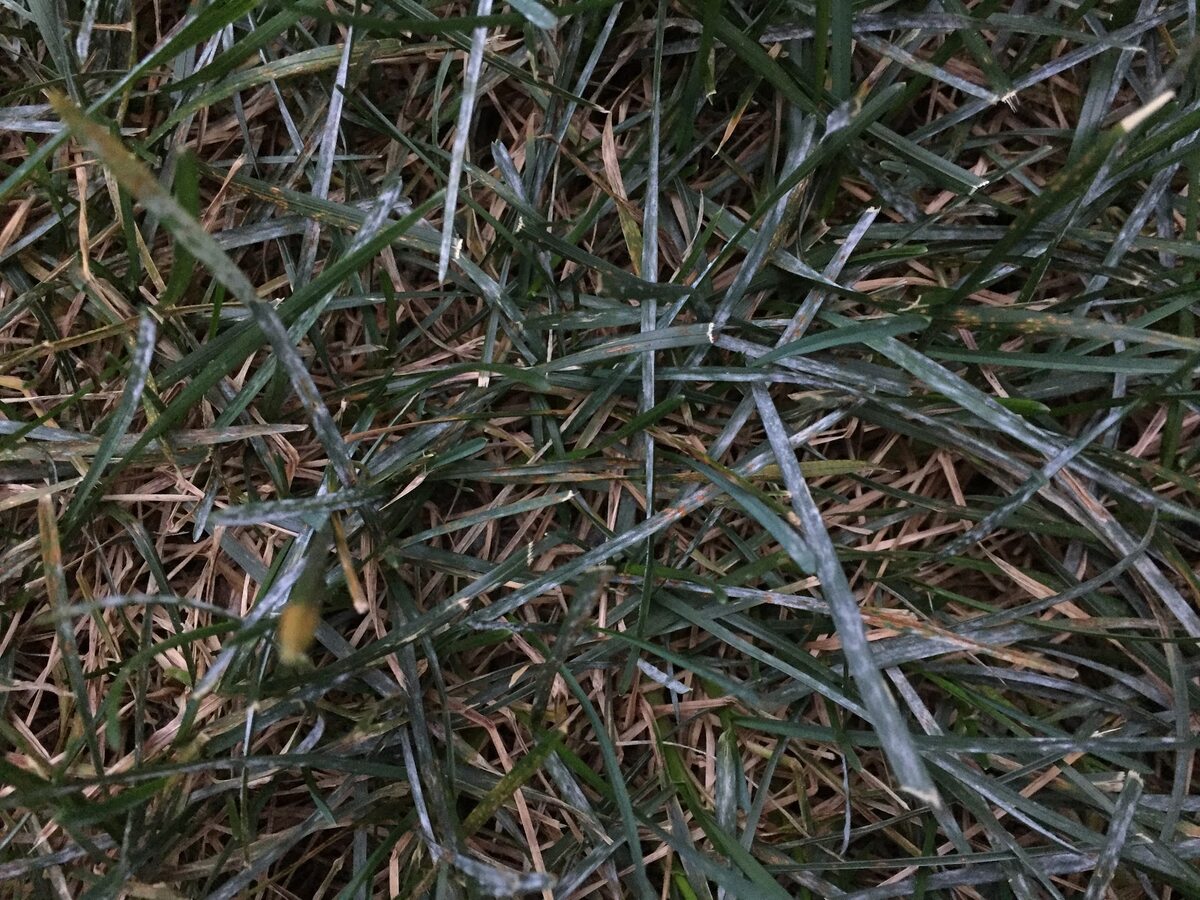
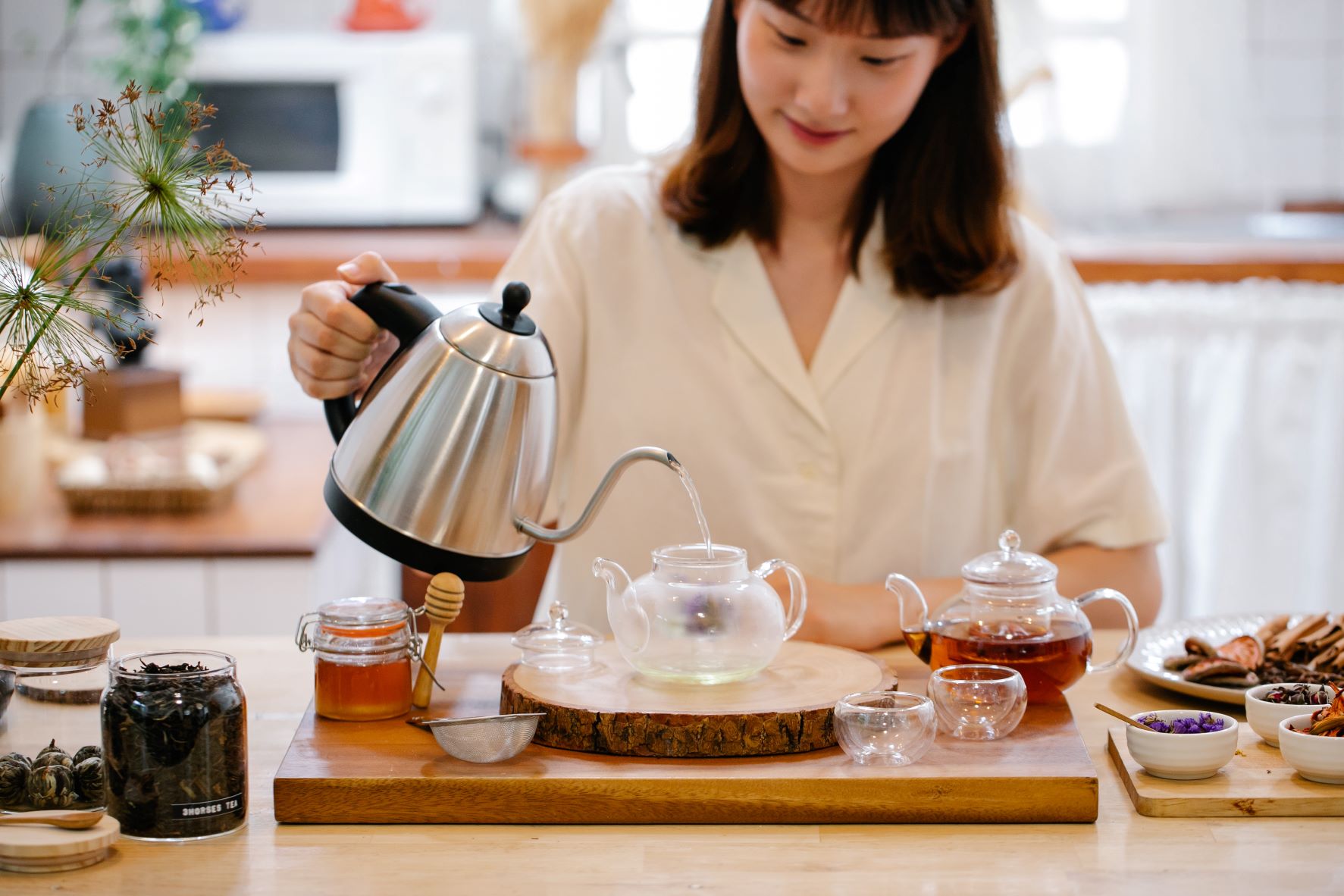
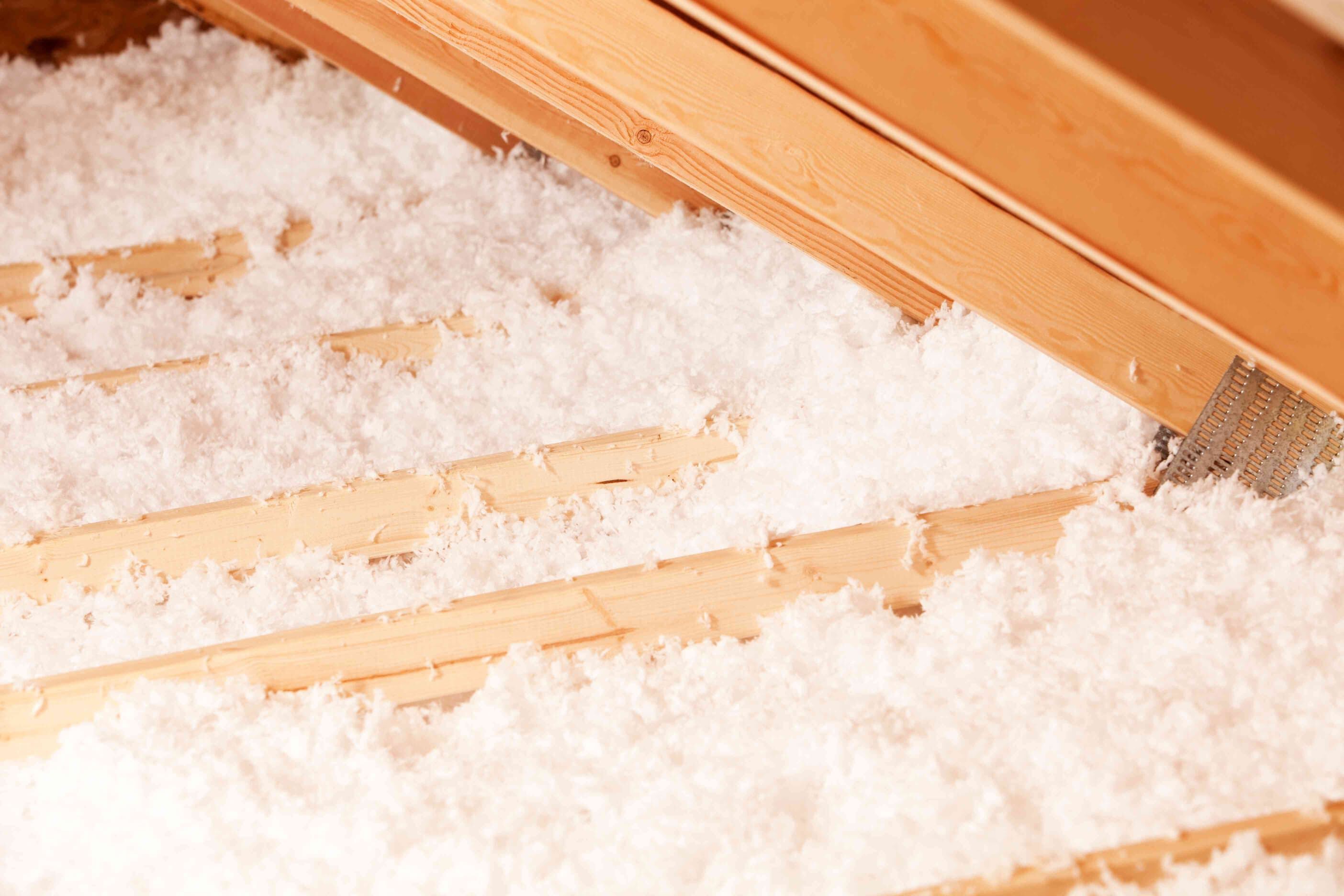
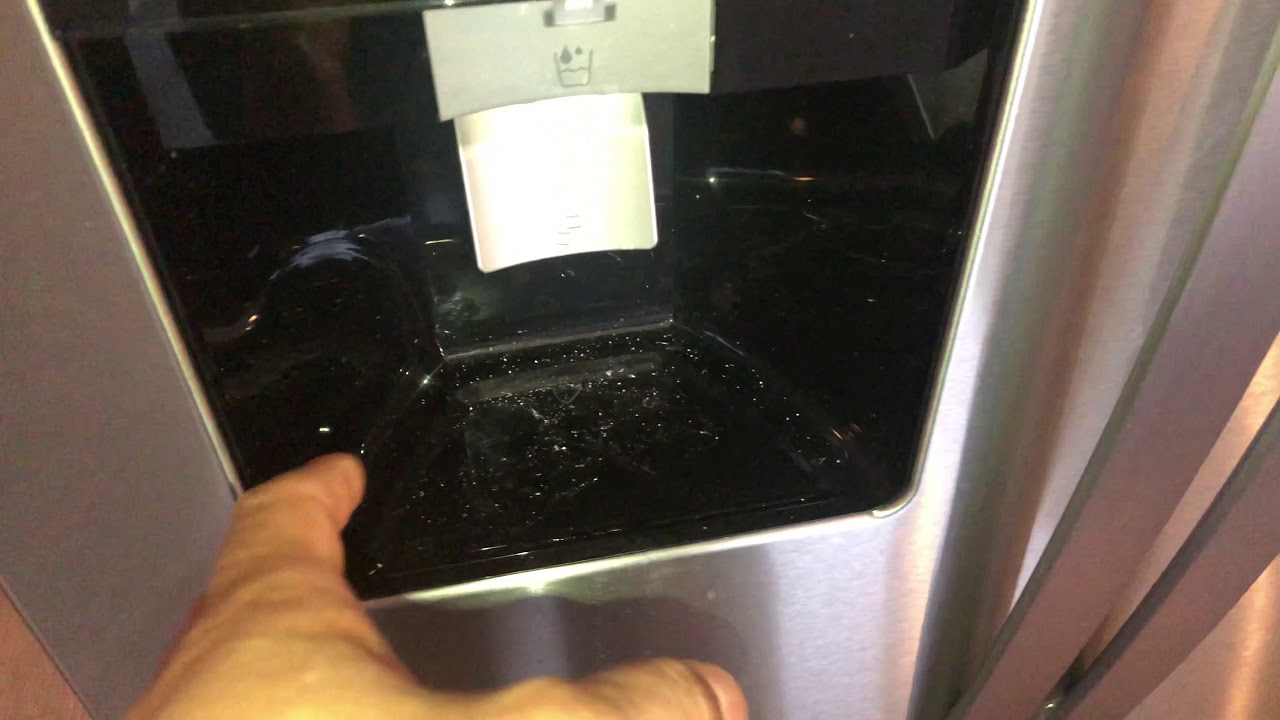
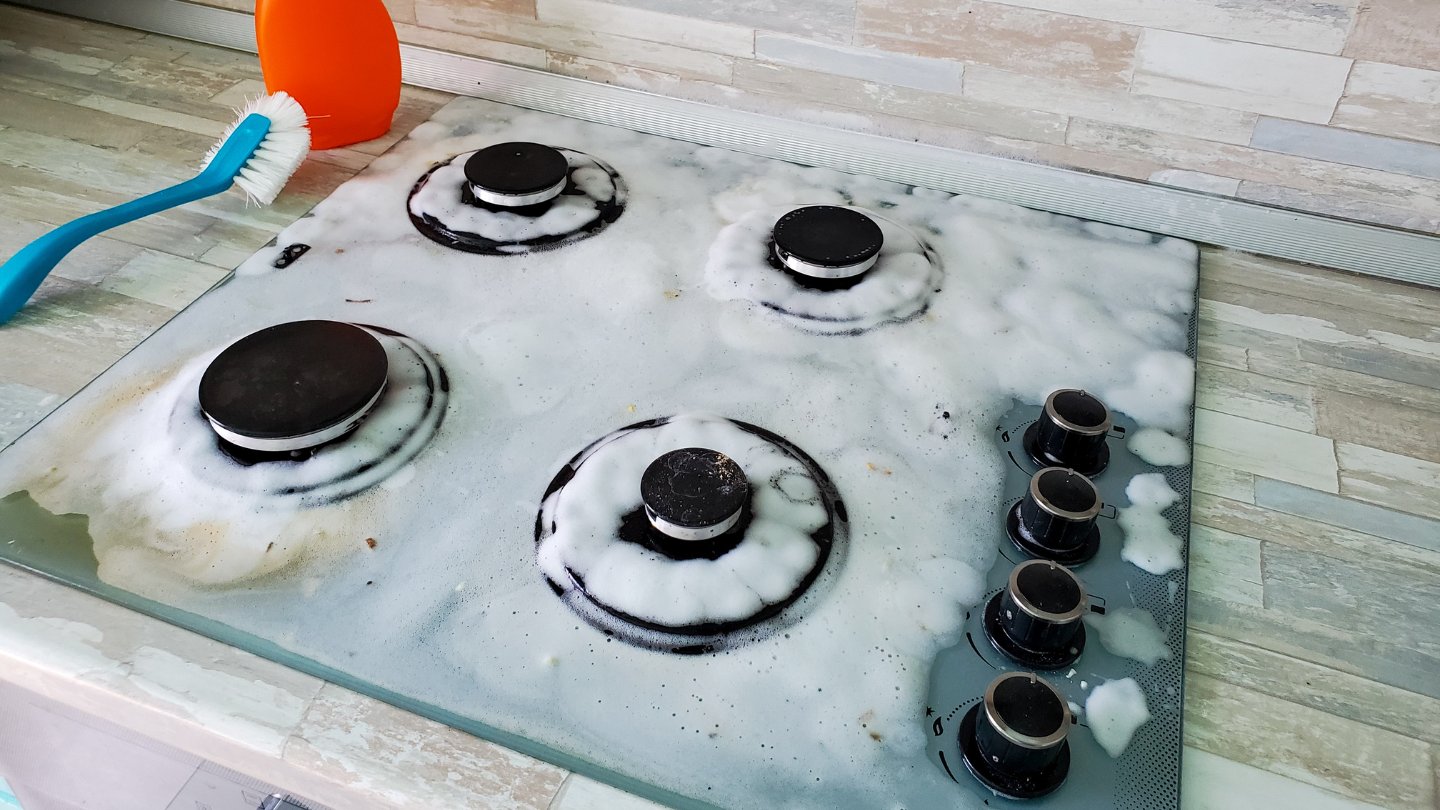
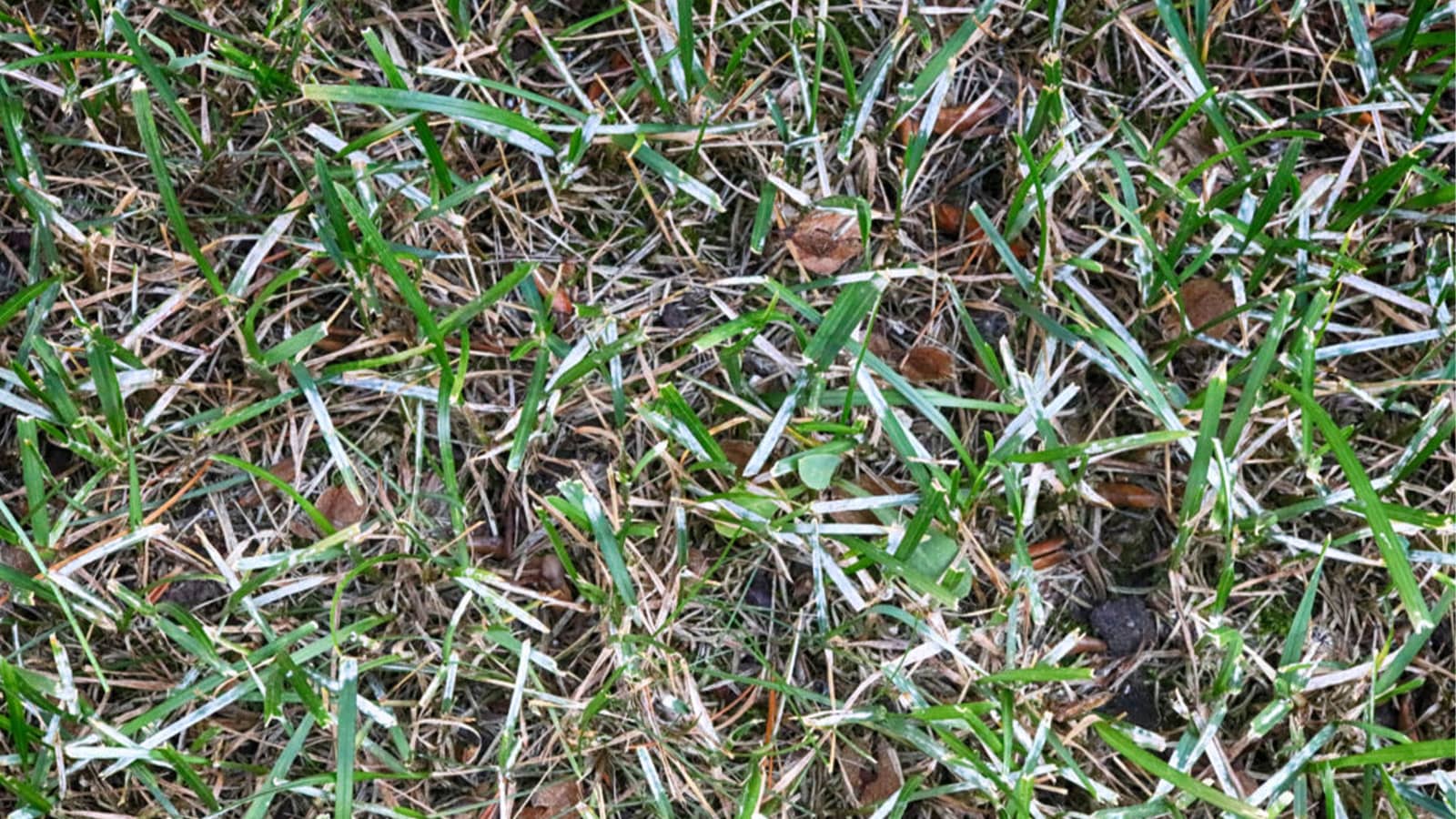
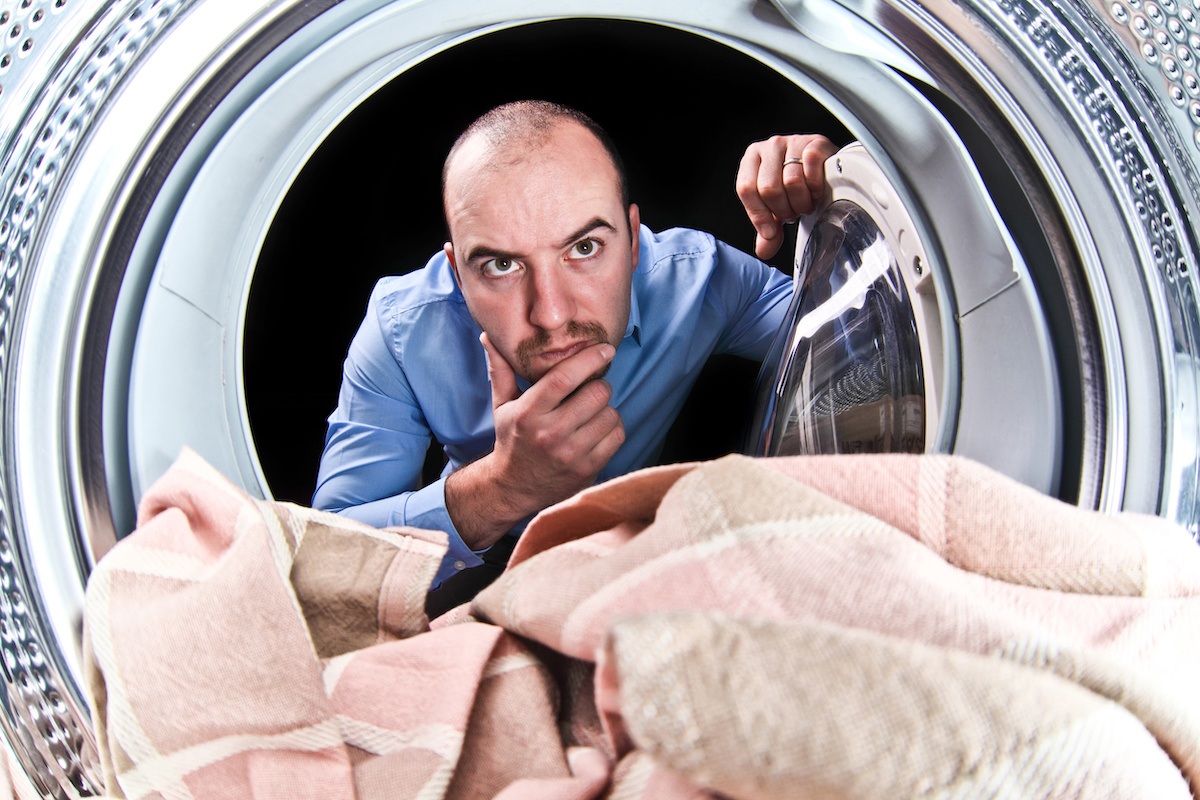
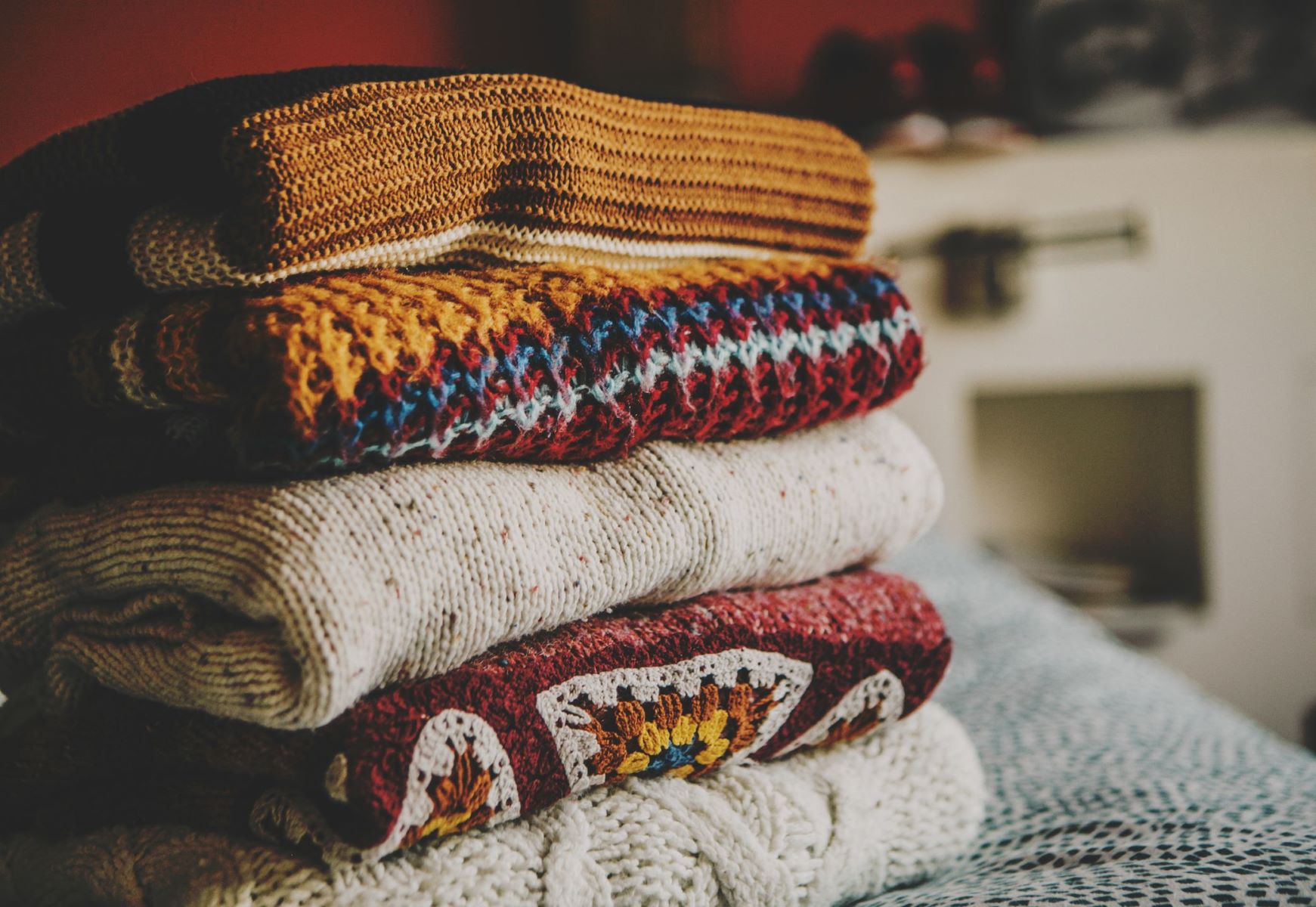
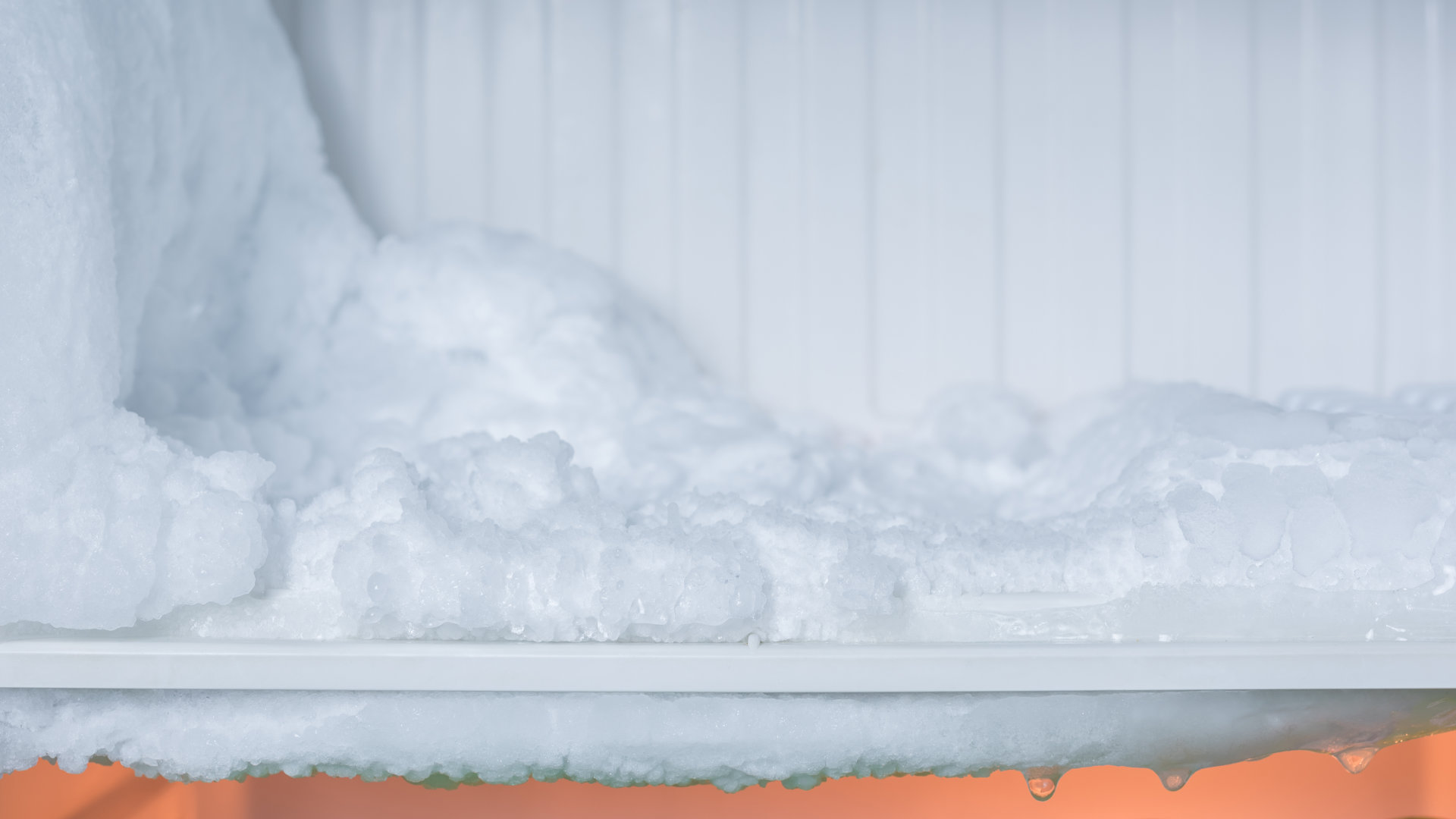
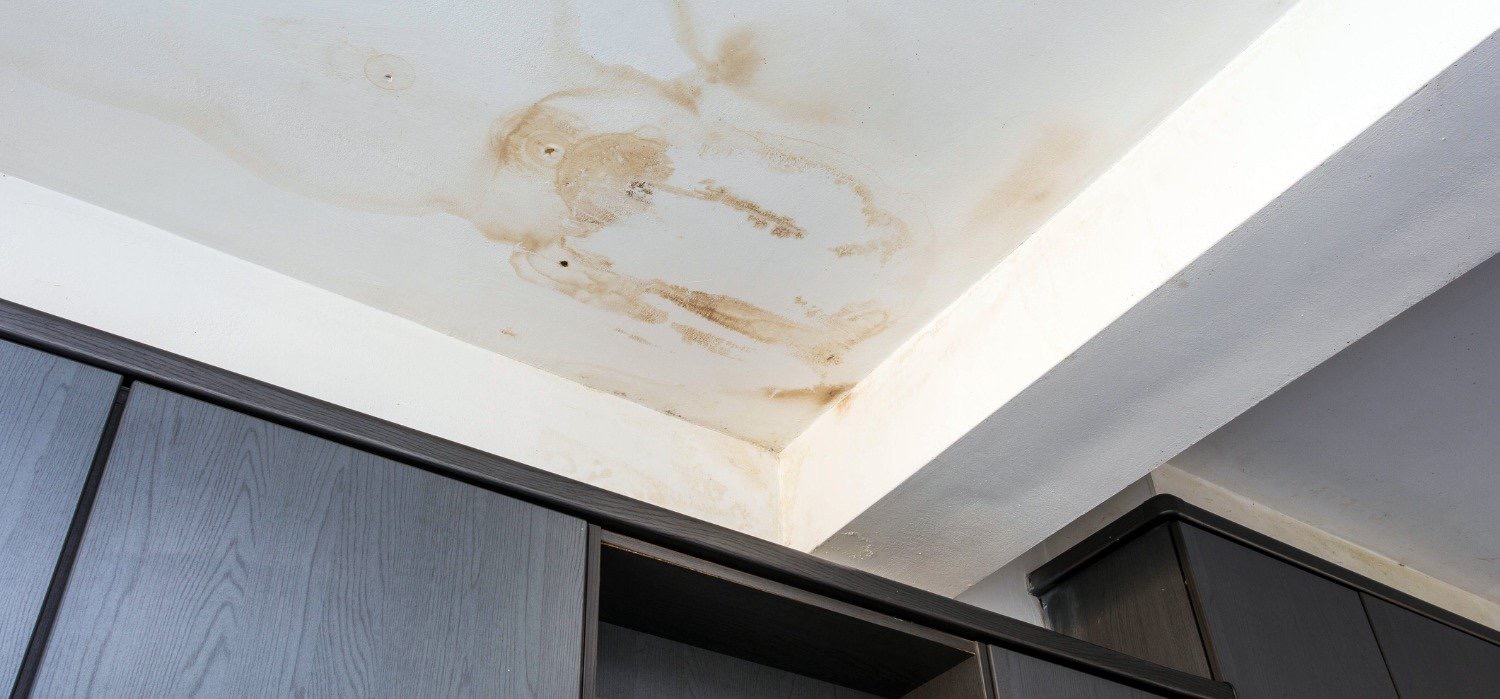
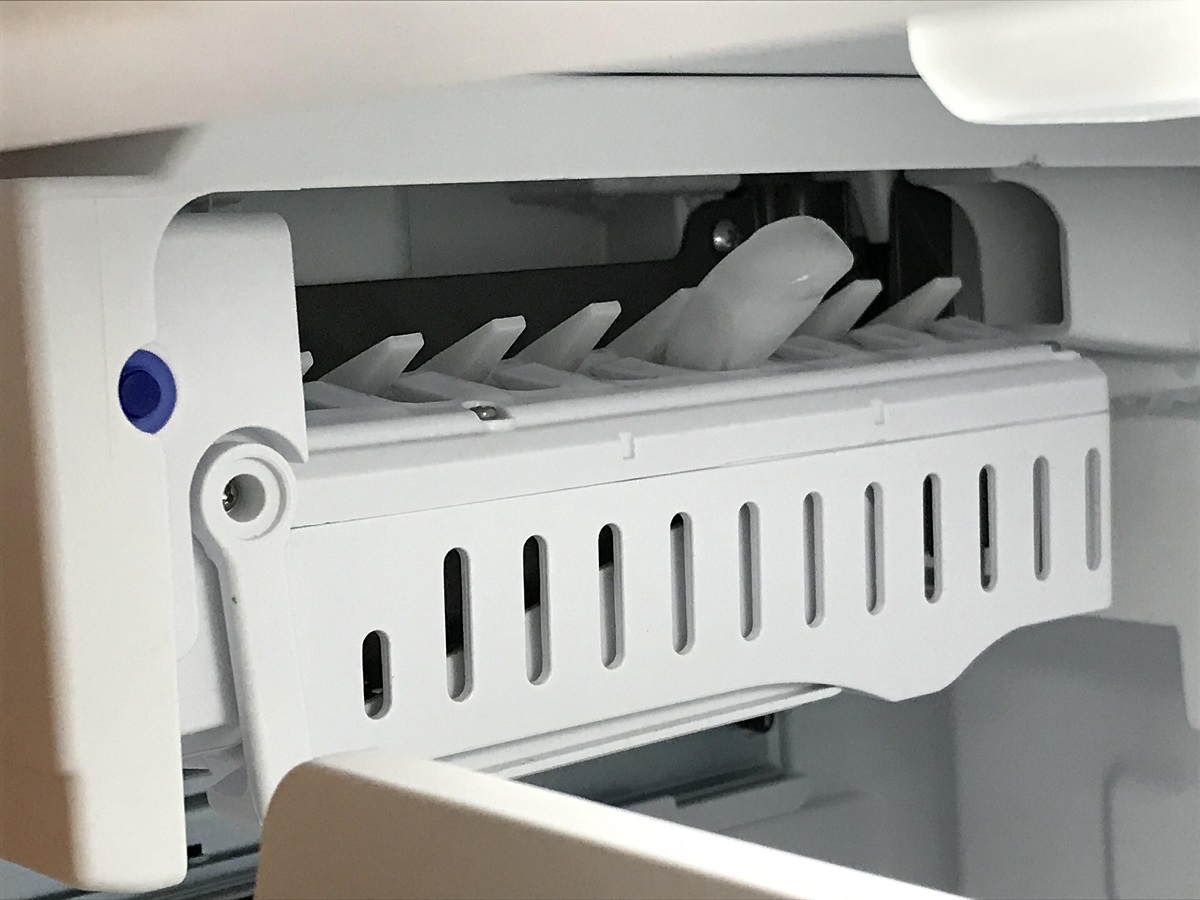
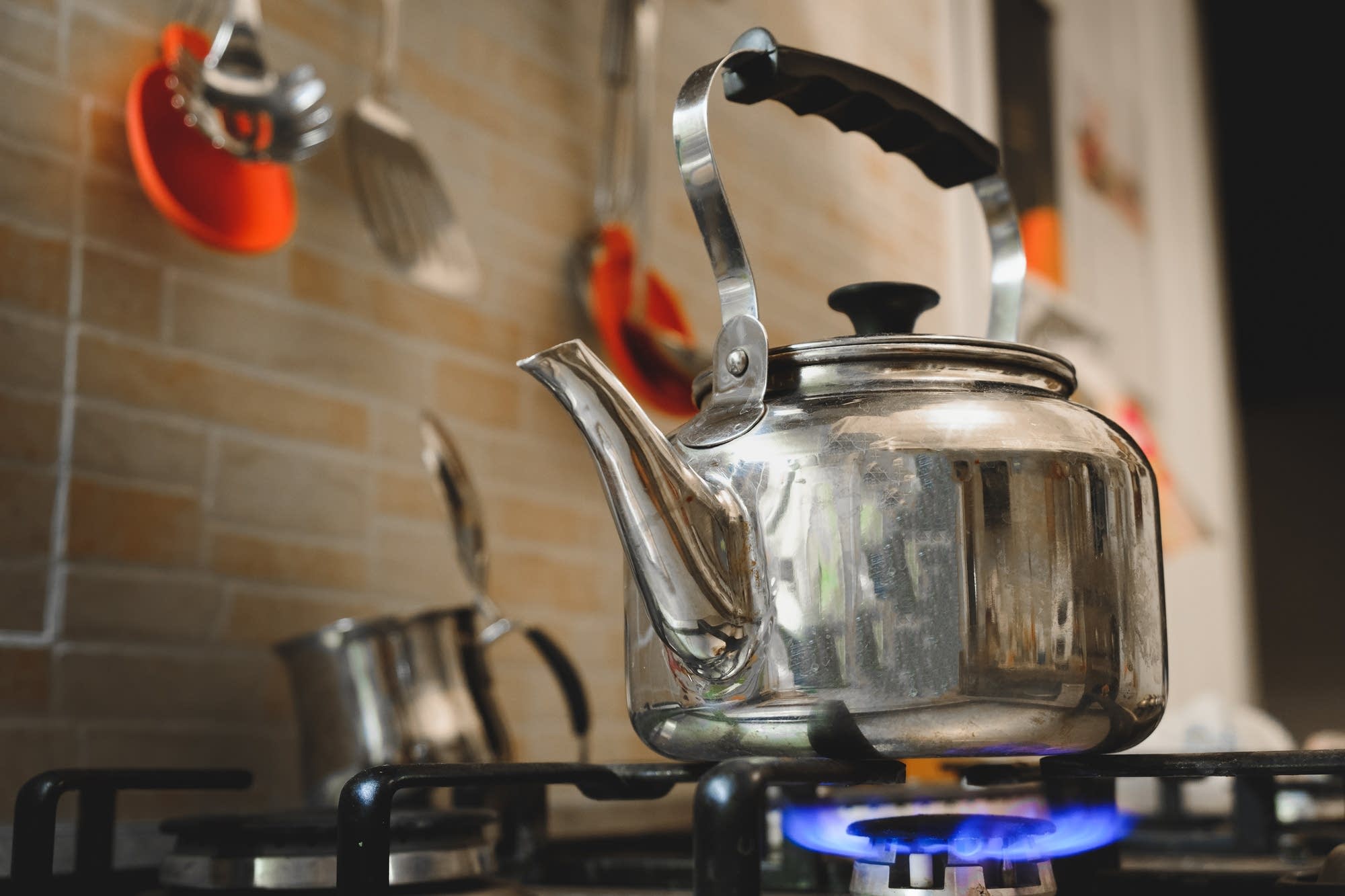
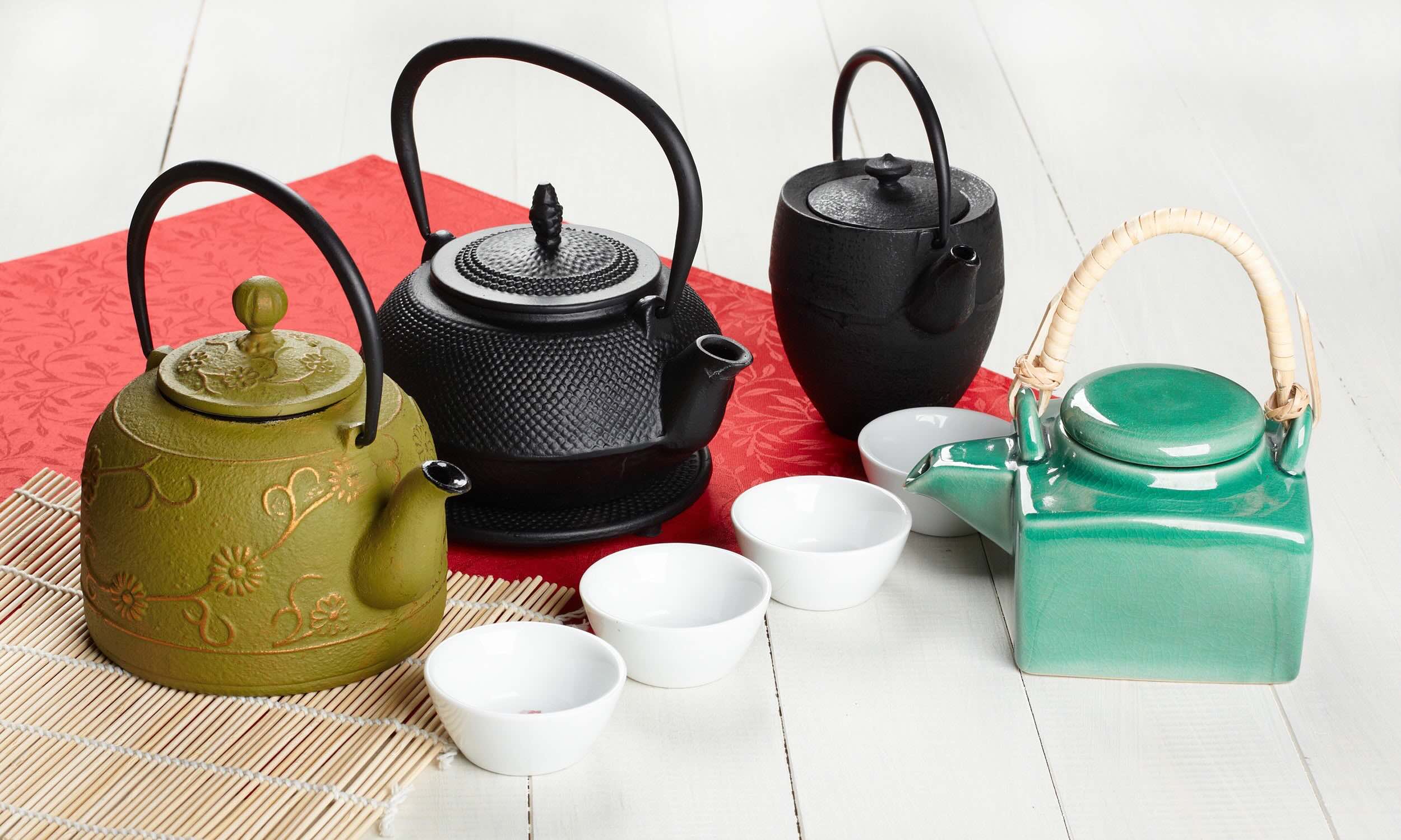
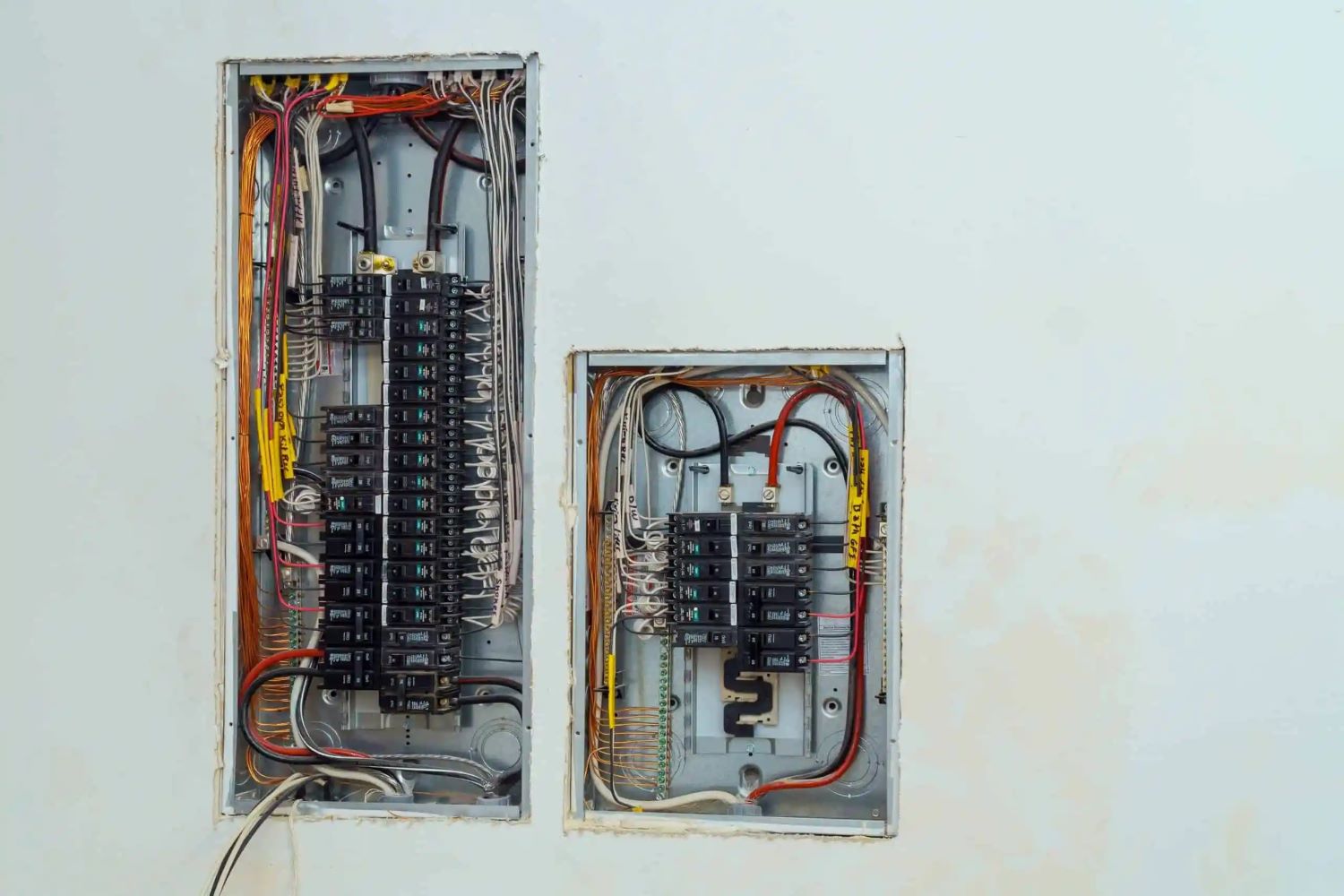

0 thoughts on “Why Does My Tea Kettle Have White Stuff”